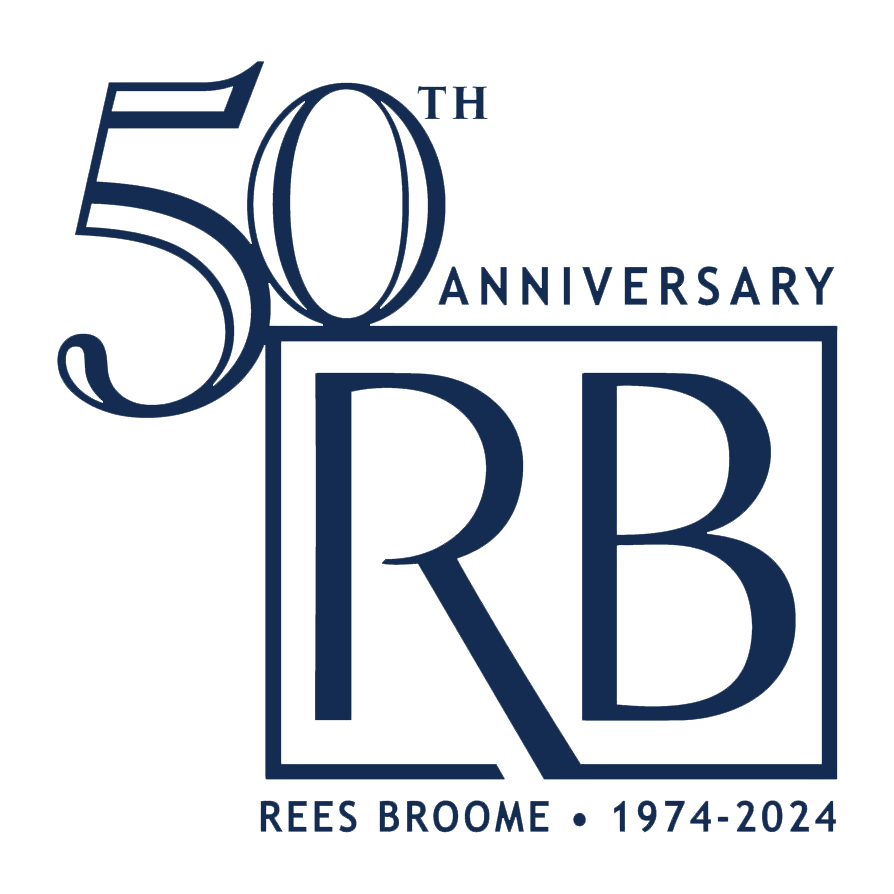Communication is a basic function of everyday life and effective communication can sometimes be the difference between a bad day, a good day, and a great day. Communication in community associations is no exception. It influences relationships between the board, management, and residents, impacting daily interactions and overall community dynamics.
Surprisingly, there are only a few communication requirements required by law and community association governing documents. Accordingly, most communication decisions are left up to the board and community association managers. When the communication is good, the Association runs smoothly. When the communication is bad, the board often finds itself spending a great deal of additional time, energy, and expense in governing the association and corresponding with the members and residents.
Often, an indicator of poor communication within a community association is “loud and angry” feedback at board meetings. Board meetings may suddenly have an onslaught of members attending and complaining about decisions that the board has made, accompanied by accusations of secret meetings and other nefarious actions taken by the board. This may occur when the board fails to successfully communicate with members, and they become suspicious and resentful of the board. To avoid this, the board needs to ensure that accurate information is being effectively communicated to the members.
Distributing or posting meeting minutes is one way to keep members apprised of association business. However, we routinely hear that despite the dissemination or posting of the minutes, members don’t read them. Accordingly, the board needs to find ways to optimize communication to your members. Optimization might look like: an email blast on a regular interval (e.g. monthly) advising members of recent decisions and policies set by the board; adding the full text of the minutes to the newsletter; or sending meeting minutes with any other communications with members and residents (e.g. pool passes or parking registration). If members expect to receive communications on a regular cycle, they may be more likely to read them.
While providing information to the members can be challenging, often the most difficult aspect of communication within community associations is responding to inquiries from the members and residents. In our culture of immediacy, members and residents often expect immediate responses to every communication.
Outside of formal books and records request or common interest community complaints, there are few legal parameters for responding to questions and complaints from an owner. Boards should consider adopting a communications policy resolution that makes it clear to members and residents how they can communicate on a day-to-day basis with the board and management, and more importantly, how and when they will receive responses. Often, the creation of a structure for communication will improve the members’ perception of communication, even if that structure is a restatement of the board’s informal policy. Certainly, the communication protocol will be driven by the circumstances and situation for each community association. A self-managed community association will certainly have a very different protocol than a luxury high rise condominium with an on-site general manager.
By optimizing communication and establishing clear protocols, community associations can foster better relationships, smoother operations, and more positive outcomes for all involved. We would be happy to assist your community in establishing communication protocols.
